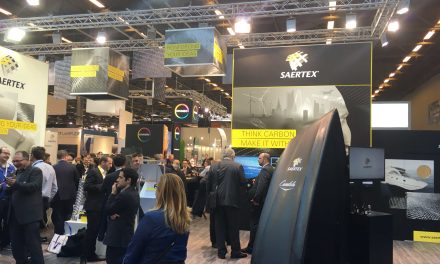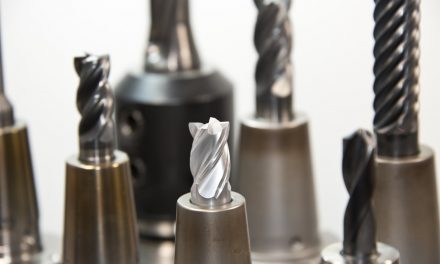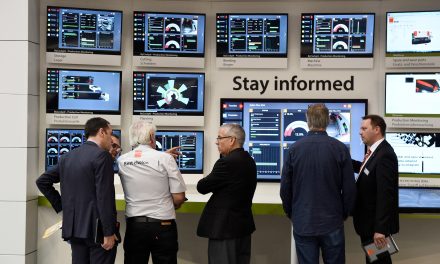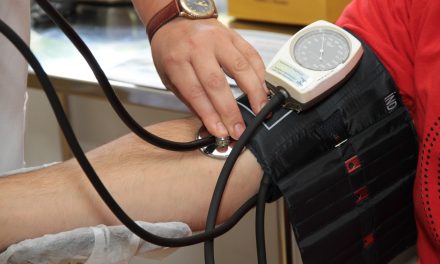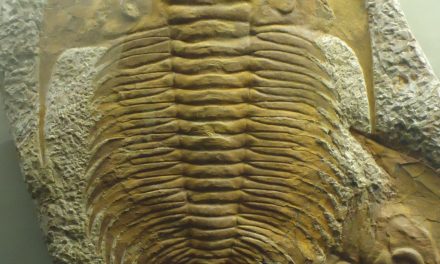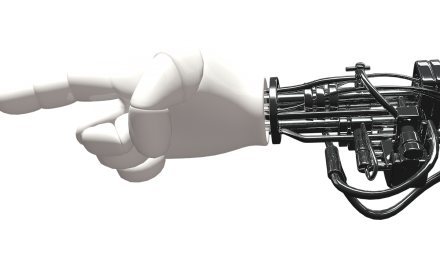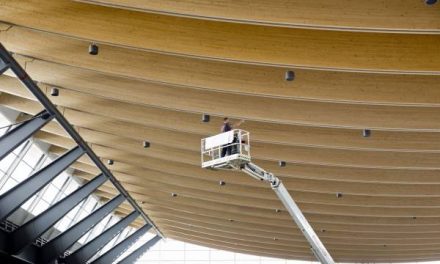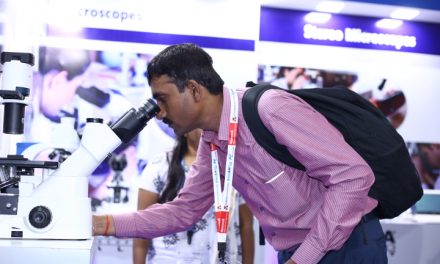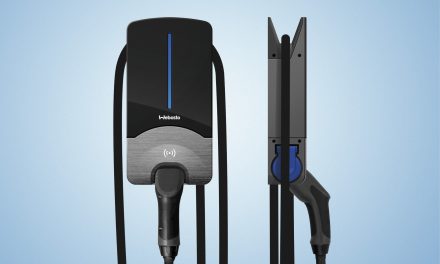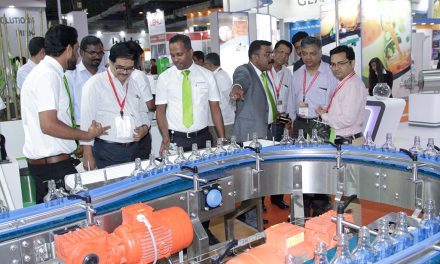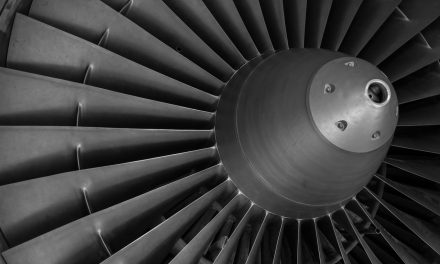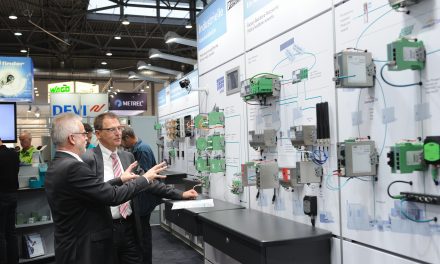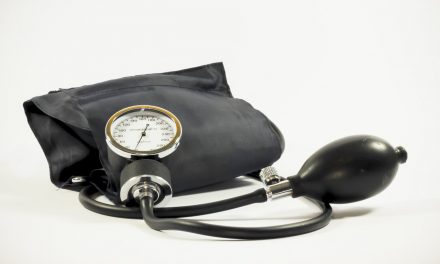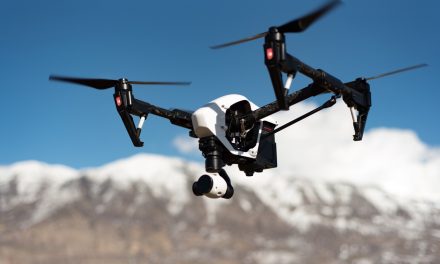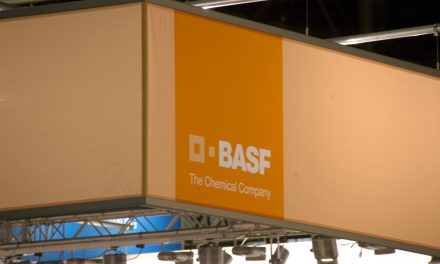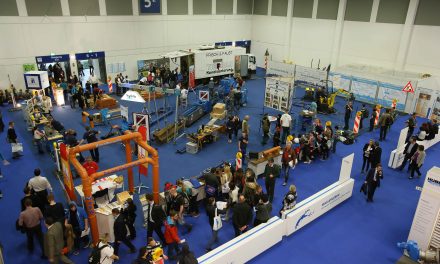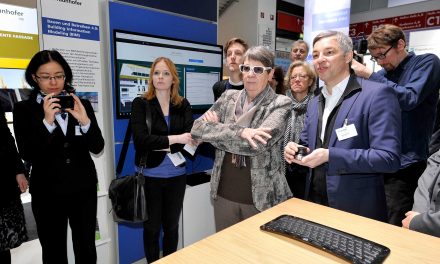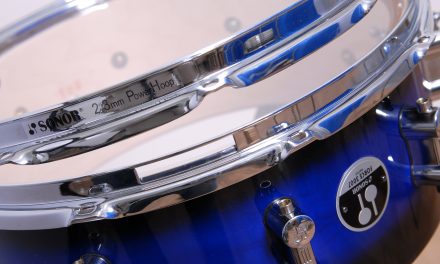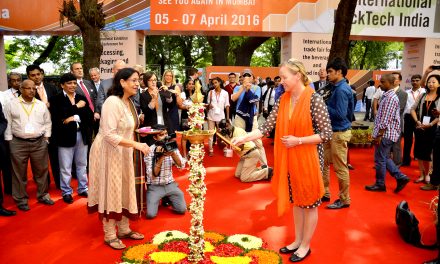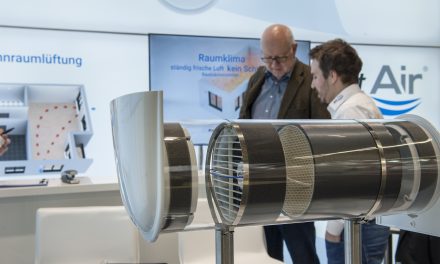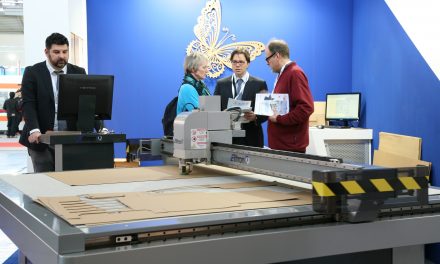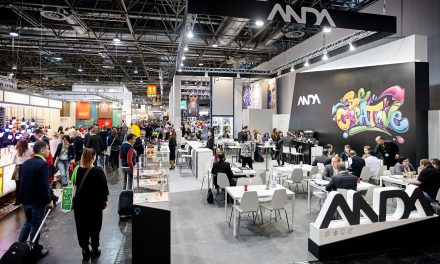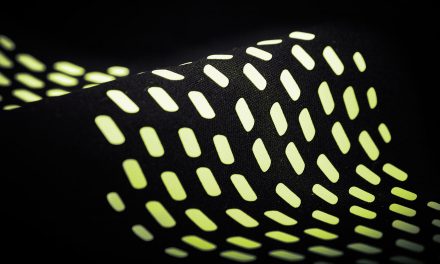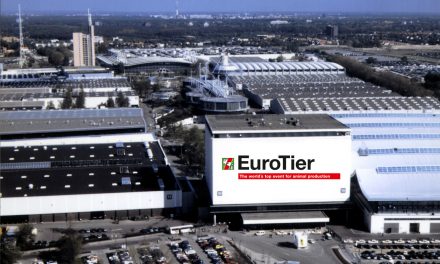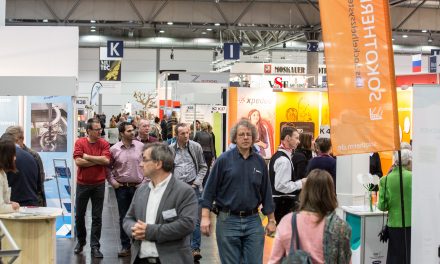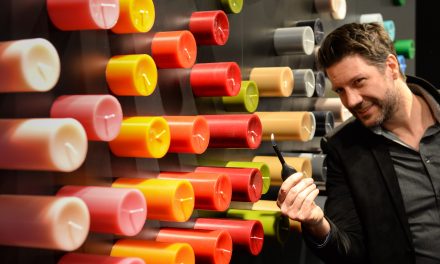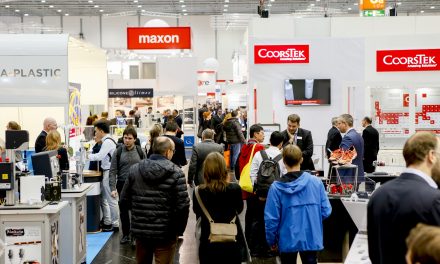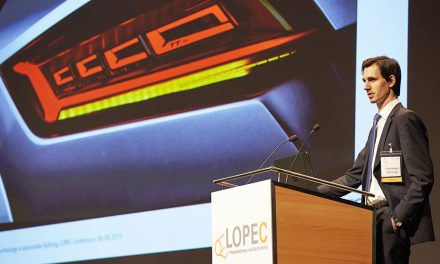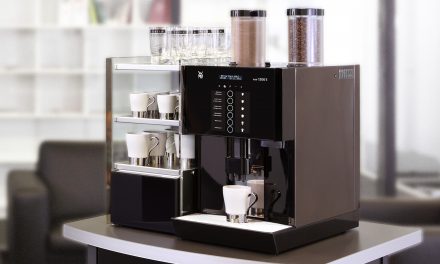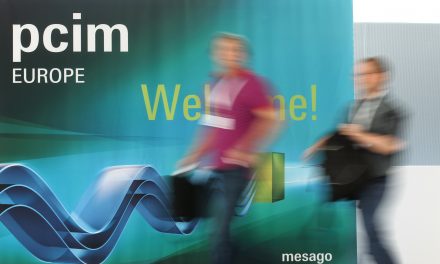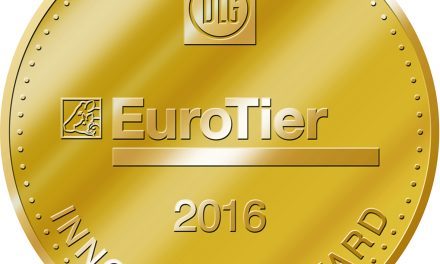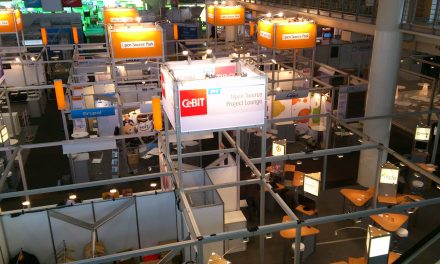The trend towards a personalized medical care, the demographic development and digitization are the driving force for progress in medical technology and healthcare. Other factors include health policies and cost pressures. Particularly in demand are solutions from the microtechnology industry, which is highly stimulated by medical technology. Nearly two-thirds of microtechnology companies in Europe offer products, technologies or services for medical technology and health, and for almost 20%, it is the most important sales market.
Microtechnology also plays a correspondingly important role in the context of COMPAMED 2017, the leading international trade fair for the supply market for medical technology manufacturing. It will take place parallel to the world-leading medical fair MEDICA 2017 from 13 to 16 November in Düsseldorf. “In addition to the digital transformation, which no longer ignores any industry, the miniaturization of components to create ever more handy and lighter product applications is a superior technology-trend,” confirms Joachim Schäfer, Managing Director of Messe Düsseldorf. COMPAMED has developed into the industry platform No. 1 for the suppliers of the medical technology industry since its launch 25 years ago, and again this year, almost 800 exhibitors will be exhibiting in the halls 8a and 8b (MEDICA: about 5,000 exhibitors) at the Düsseldorf exhibition grounds,
The “High-tech for Medical Devices” product market with around 700 square meters as well as more than 50 companies and institutions (Hall 8a) is once again fully booked out and is organized as every year by the IVAM Fachverband für Mikrotechnik as a special performance showcase for microsystems for medical technology.
Measure blood pressure without cuff
An important field of application for this are so-called ‘wearables’, mobile and barely visible systems which can record, analyze and provide vital signs for the evaluation with high comfort and under everyday conditions. The continuous recording of so-called peripheral photoplethysmograms is intended to provide further valuable information on human health in the future. These include, in addition to pulse and arterial oxygen saturation, heart rate variability, respiratory rate, as well as information on vascular stiffness and signs of rising or falling blood pressure. Increased blood pressure is today the most important risk factor for cardiovascular diseases. According to the German High Pressure League (Deutscher Hochdruckliga) alone in Germany about 35 million people suffer from it. Often without complaints the disease is noticed too late. The consequences are mainly stroke, heart disease, kidney failure and dementia.
Apply active agents in, instead of under the skin
The Hahn-Schickard-Gesellschaft für angewandte Forschung is also dedicated to research, development and manufacturing in microsystem technology. Together with the spin-off Verapido Medical GmbH, they are developing and producing devices, systems and technologies with which active substances can be administered in, rather than under the skin. Studies have shown that intradermally administered drugs are much more readily available compared to subcutaneous administration and have a more efficient effect. In addition, it is demonstrated that biotech molecules such as insulin, antibodies, proteins or hormones are absorbed much faster by the body when administered intradermally.
Active substances that are applied to the skin can also have a more targeted and efficient effect on the immune system. “Clinical trials have shown that intradermal administration can save up to 90 percent of the vaccine dose to achieve the same or even better effect than when injected into the muscle,” Dr. Markus Clemenz, Managing Director of Verapido Medical. The company relies on micronadal technologies and microcannoses, which are precisely inserted into the dermis – a skin layer just below the skin surface. Only the top skin layer is penetrated, so it is a minimal invasive procedure. “Our development offerings range from cobalt-based micron needle arrays via intradermal administration devices with fixed or variable depth settings for injection or infusion to drug dosing systems for (time-delayed) chronotherapy without any electronics,” says Clemenz. Verapido expects intradermal administration in the clinic to become “state of the art” in the future.
CorTec is represented for the second time at COMPAMED. The young medical technology company is working on the next generation of active implants. Thus, it develops and produces implantable electrodes for drainage and stimulation in the central and peripheral nervous system. CorTec also produces hermetic encapsulations that support high-channel applications. Electrodes and enclosures have 32 to over 200 channels with significantly more discharges than comparable products. “The technology of CorTec combines innovative solutions for design, construction and processing with the proven materials of medical technology – especially on high channel numbers, enabling applications and therapies that have not been addressed so far,” explains Dr. Martin Schüttler, CTO and CEO of CorTec.
With the patented `AirRay’-Electrode technology, CorTec is able to overcome the previous limitations in the field of electrodes with innovative and highly precise manufacturing conditions. This permits particularly small sizes of contact diameters of up to 25 μm, as a result of which the package density can be significantly increased in the electrode arrangement. The acquisition of data can thus achieve a multiplicity of quality. The electrodes have excellent electrochemical properties. Platinum-iridium or MP35N (nickel-cobalt-based alloy) are available as electrode materials, optionally with high-performance coatings which further enhance the delivery of stimulation pulses to the biological tissue. The mechanical properties of the electrode can also be adapted to individual requirements.
Communication with implant using high-frequency technology or infrared
In addition to the ‘AirRay’ electrode technology, CorTec offers other products for its production of active implants, such as a ceramic-based hermetic encapsulation. Thick film technology allows hundreds of electrical penetrations, unlike conventional encapsulations. CorTec’s ceramic-based encapsulation is also permeable to electromagnetic waves, which in turn enables communication with the implant using high-frequency technology or infrared as well as wireless energy transmission. The ceramic encapsulations are thus optimized in such a way that they are able to withstand mechanical stresses such as, for example, for cochlear implants. CorTec Brain Interchange integrates all these components into a system that can measure neuronal activity, analyze it, and react to the nervous system with appropriate stimulation. This so-called closed-loop functionality opens up a wide range of possible applications for individual neurotherapies that are suited to their needs. The applications of the system range from the control to assistance systems for paralyzed people, to the appropriate deep brain stimulation, to stroke rehabilitation or epilepsy interventions. The first prototypes of the system are in preclinical testing. First clinical pilot studies are in preparation.
Additive procedures for personalized implants
Another issue that has been gaining in importance at COMPAMED for years is additive procedures. The Fraunhofer Institute IKTS has developed the “bone from the printer”. It is to be used for disfiguring defects in the area of the face or with tumors metastasizing in bones. Under such conditions, the quality of life of the patients is also severely restricted, because affected bones can suddenly break without an external involvment. Ceramic bone implants, adapted to the patient’s anatomical dimensions in millimeters, could mitigate the sufferers’ suffering. The ceramic replacement of the IKTS is produced in two steps: The ceramic envelope is produced in 3D printing, the filling – a ceramic foam – is then foamed into printed object. The additive fabrication of the sheath enables personalized adaptation to the skeletal structure, while the porous foam filling allows the patient-specific adjustments to the porosity. The foam supports cell growth, is also pressure-resistant and bioactive. This method and material combination is the great advantage of the new solution. “We are working with commercially available materials such as hydroxyapatite or tricalcium phosphate and are now starting with the biological tests of our substances,” explains Dr. Matthias Ahlhelm, Project Manager at IKTS.
Microstructures from the 3D printer
As a manufacturer of a high-precision 3D printing platform (‘LithoProf3D’) and software (`LithoSoft3D ‘) for the additive and subtractive production of arbitrarily shaped structures, produced in volume or on the surface of materials, Multiphoton Optics is also pursuing 3D printing. The technology supports the high-precision production of 3D optical interconnects, aspheric or free-form microoptics, biomedical products such as scaffolds for tissue engineering, microfluidic cells and drug delivery structures. More recently, Multiphoton Optics has demonstrated the possibilities of the 3D printing platform by making these stacks of microstructures. The stacks resemble an endoscope optic consisting of five different individual free-form lenses and other structures, i.e. ten differently shaped surfaces as a whole. “Micro-optic structures are increasingly core components of highly integrated, medical systems. For this, we will be exhibiting at COMPAMED exhibits, which also demonstrate the efficiency of our process in this area,” says Felix Kiesel, Director of Sales at Multiphon Optics.
Another highlight of the COMPAMED 2017 is the Cobra product line from Silicon Microstructures (SMI) Inc., the first commercially available pressure sensor with a connected cable that fits into instruments with a Charrière diameter. Charrière is a measure of the external diameter of cannulas and catheters in medicine, with three charriées corresponding to one millimeter. The sensors are small (220 micrometers wide), stable and smart, so there is a temperature-compensated, digital or amplified analog version. At the show, SMI will show how this sensor arrangement can reduce risks in urodynamics, endourology, cardiology, emergency surgery, brain pressure monitoring and other procedures.
The world of the small and smallest solutions for medical technology thus remains an important component of the COMPAMED in Düsseldorf. As in the past years, it will also be presented and deepened within the framework of the COMPAMED HIGHTECH FORUM of the IVAM in Hall 8a. In addition to microsystem technology, this year’s focus will be on nanotechnologies, production technology and process control. At the same time, specialists at the COMPAMED SUPPLIERS FORUM of the trade journal DeviceMed in Hall 8b will discuss current developments along the entire medical technology process chain. This year’s focus is on the topics of digitization, wearables, 3D printing and regulations.
Author: Klaus Jopp, freelance journalist (Hamburg)
Translated by: Kevin John Busche
Although this article has been translated with great care and diligence, the accuracy can not be guaranteed in detail.
USA
All
About the images

The trend towards a personalized medical care, the demographic development and digitization are the driving force for progress in medical technology and healthcare. Other factors include health policies and cost pressures. Particularly in demand are solutions from the microtechnology industry, which is highly stimulated by medical technology. Nearly two-thirds of microtechnology companies in Europe offer products, technologies or services for medical technology and health, and for almost 20%, it is the most important sales market. Over the next three years, the share of companies which primarily supply the medical technology market will once again rise by five percent. These findings were determined by the IVAM Fachverband für Mikrotechnik in the course of its annual economic data collection at European companies and research institutes in microtechnology.Photo: COMPAMED in Düsseldorf – the No. 1 trade fair for MedTech suppliers
image sources
- Preview the Newest Innovations Coming to Filtration® 2017 on the Event Website: CC0
- Outdoor Retailer Marks 35th Anniversary With Industry Unity And Public Lands Celebration – Optimism High as Outdoor Recreation Community Looks to Denver: CC0
- IBEX Announces Panel of Judges for 2017 Innovation Awards: CC0
- Gamescom 2017: Microsoft revealed its program: Gamescom/Kölnmesse
- pexels-photo-382297: CC0
- INCOMPAS to Debut Single Annual Trade Show in Fall: cc0
- Hollywood sign: cc0
- Statue of Liberty: CC0
- #COSMOPROF NORTH AMERICA HIGHLIGHTS PROFESSIONAL #BEAUTY WITH “DISCOVER PRO BEAUTY” Las Vegas: David Stanley / Flickr | CC BY 2.0
- New York Taxi: CC0
- Trend report on COMPAMED 2017: Medical technology is the most important market for microsystems: Photo: COMPAMED in Düsseldorf - the No. 1 trade fair for MedTech suppliers



